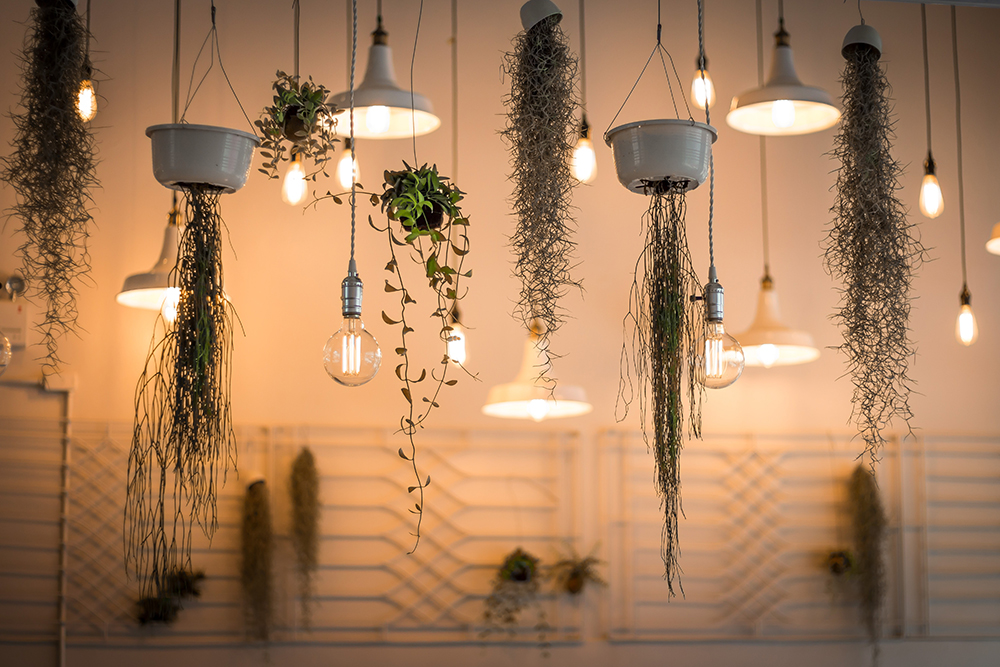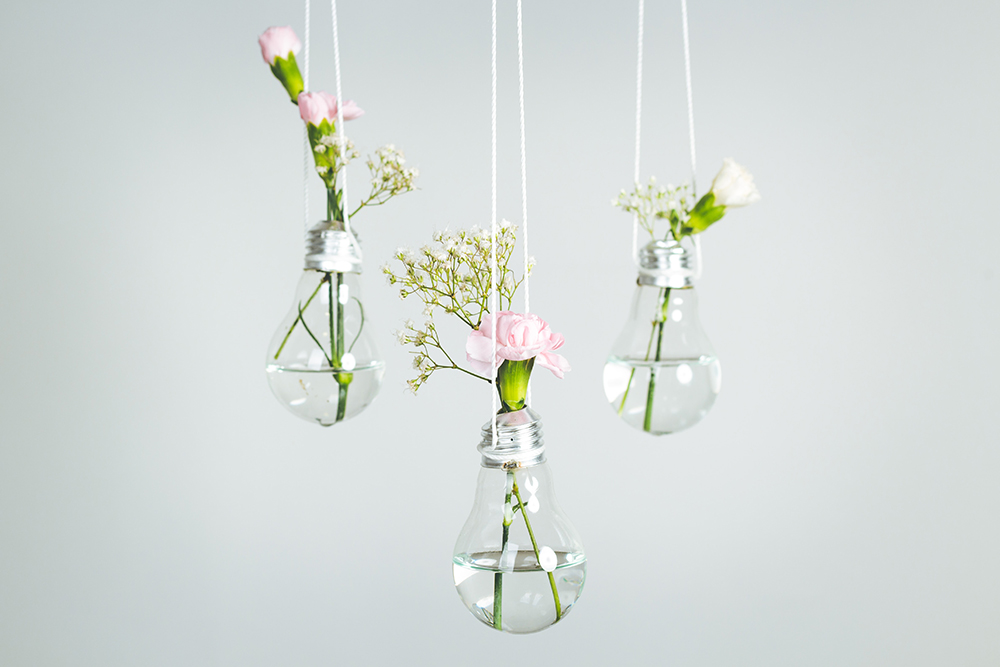Starting on September 21 2021, stricter requirements for energy efficiency and packaging of light sources will apply in the European Union.

Patrick Schneider
By Fabian Fligge, TÜV SÜD Product Service
Energy classes A++ to E were introduced for lighting products in 2012. In the meantime, the switch from classic incandescent light bulbs to LED technology has brought far-reaching changes to the market; light sources have become increasingly efficient and the range of smart products available on the market has expanded. To cater to these changes, labelling requirements will be revised next year. Regulation (EU) 874/2012 will be replaced by Regulation (EU) 2019/2015 on 1 September 2021. Energy classes will be reorganised into a scale from A to G and labelling will only be mandatory for light sources. The labelling requirement for luminaires expired on 25 December 2019.
In future the label must be applied to the side of the packaging intended to face the customer and must be of a minimum size. If the label is not positioned on the front of the packaging, the front must at least display an arrow showing the energy class (Fig. 1). The packaging of the light source must further include information such as lifetime, on-mode power, colour rendering index (CRI) and standby power.
Since January 2019, EPREL database registration of all products which are subject to energy labelling requirements has been mandatory for manufacturers, importers and distributors seeking to place their products on the European market. However, the few data recorded so far only concerned lamps. In future data for light sources will also have to be recorded even if the light sources are part of a containing product. Mandatory data to be provided include the light source type (e.g. LED or OLED), whether the light source is directional or non-directional, details of the energy class and power consumption, and the survival factor (SF) for LED and OLED.
Luminous flux (in lumen), correlated colour temperature (CCT in Kelvin) and – in the case of directional lighting – the beam angle (in degrees) must be displayed on the light source itself unless doing so would unreasonably impair light emission. (EU) 2019/2015 Annex V lists the required information in full.

Jagoda Kondratiuk
Ecodesign requirements have also been subject to a variety of regulations. Energy efficiency requirements were stepped up in 2010 under Regulation (EC) No. 244/2009; as incandescent bulbs no longer met these requirements, their sale has been prohibited since that time. Regulation (EC) No. 245/2009 focuses on office lighting. Although that regulation mentioned LED technologies, Regulation (EU) 1194/2012 was the first regulatory act to set forth detailed conditions. The new Regulation EU 2019/2020 now combines these previous regulations while addressing all relevant technologies in the field of lighting.
The two new Regulations – (EU) 2019/2015 and (EU) 2019/2020 – apply to all light sources irrespective of the technology they employ, and thus cover light-emitting diodes (LED and OLED) as well as fluorescent tubes and halogen incandescent bulbs. They define “light source” as an electrically operated product intended to emit, or intended to be possibly tuned to emit, light and having a variety of optical characteristics (EU 2019/2015, Art. 2). Under this definition, single LED chips and LED dies are not classified as light sources.
The formula for calculating energy classes is somewhat more intuitive: the mains efficacy of a light source is calculated by dividing the luminous flux by the on-mode power consumption. In specific types of light source, this efficacy value is multiplied by an additional factor (table 1). The result corresponds to the energy class (table 2).
Energy classes are graduated in increments of 25 lumen per watt. This will bring major changes to the market; when the Regulation comes into effect in September 2021, there are likely to be no light sources available in energy class A and few in class B.
The maximum permissible power consumption depends on the declared useful luminous flux, the colour rendering index (CRI) and various other factors for specific light source types. In addition, standby power must not exceed 0.5 watt.
Major changes will be introduced with respect to lumen maintenance factor measurement, which is determined by endurance testing. The test begins with measurement of the luminous flux, followed by a combined endurance and switching cycle test involving 1200 complete uninterrupted cycles in which the light source is in on mode for 150 minutes at full power and then in off mode for 30 minutes. A lifetime of 3000 operating hours is thus documented over a total test time of 3600 hours. Luminous flux measurement is then repeated on the surviving product specimens. This information is used to calculate the lumen maintenance factor, which must exceed a specific threshold value depending on the product lifetime given by the manufacturer.
Under the previous test regimen, light sources had to deliver a minimum of 80% of their initial luminous flux after 6000 hours of operation. In future, this total test time will be significantly shorter. After endurance testing a minimum of nine out of ten light sources must remain functional. Further new requirements address areas including colour rendering index and flicker in mains-powered LEDs and OLEDs.
Endurance tests are usually lab-intensive, as the light sources must be removed manually from the socket for measurements and returned. A far more efficient method is “robogonio”, a fully automated goniophotometer developed by Opsira to the specifications and requirements of TÜV SÜD Product Service. The measurement arm of the device contains two highly sensitive sensors – a photometer and a spectral radiometer. This enables the robot to reach any testing position and measure up to 8000 lighting units around the clock – fully automatically. The recorded data is available for detailed evaluation at any time. Light source manufacturers can thus collect above-average volumes of performance data that enable them to describe their products with precision and implement optimisation measures.
Contact
TÜV SÜD Product Service GmbH
Daimlerstrasse 11
85748 Garching
Germany
www.tuvsud.com
Scott Ellyson, CEO of East West Manufacturing, brings decades of global manufacturing and supply chain leadership to the conversation. In this episode, he shares practical insights on scaling operations, navigating complexity, and building resilient manufacturing networks in an increasingly connected world.